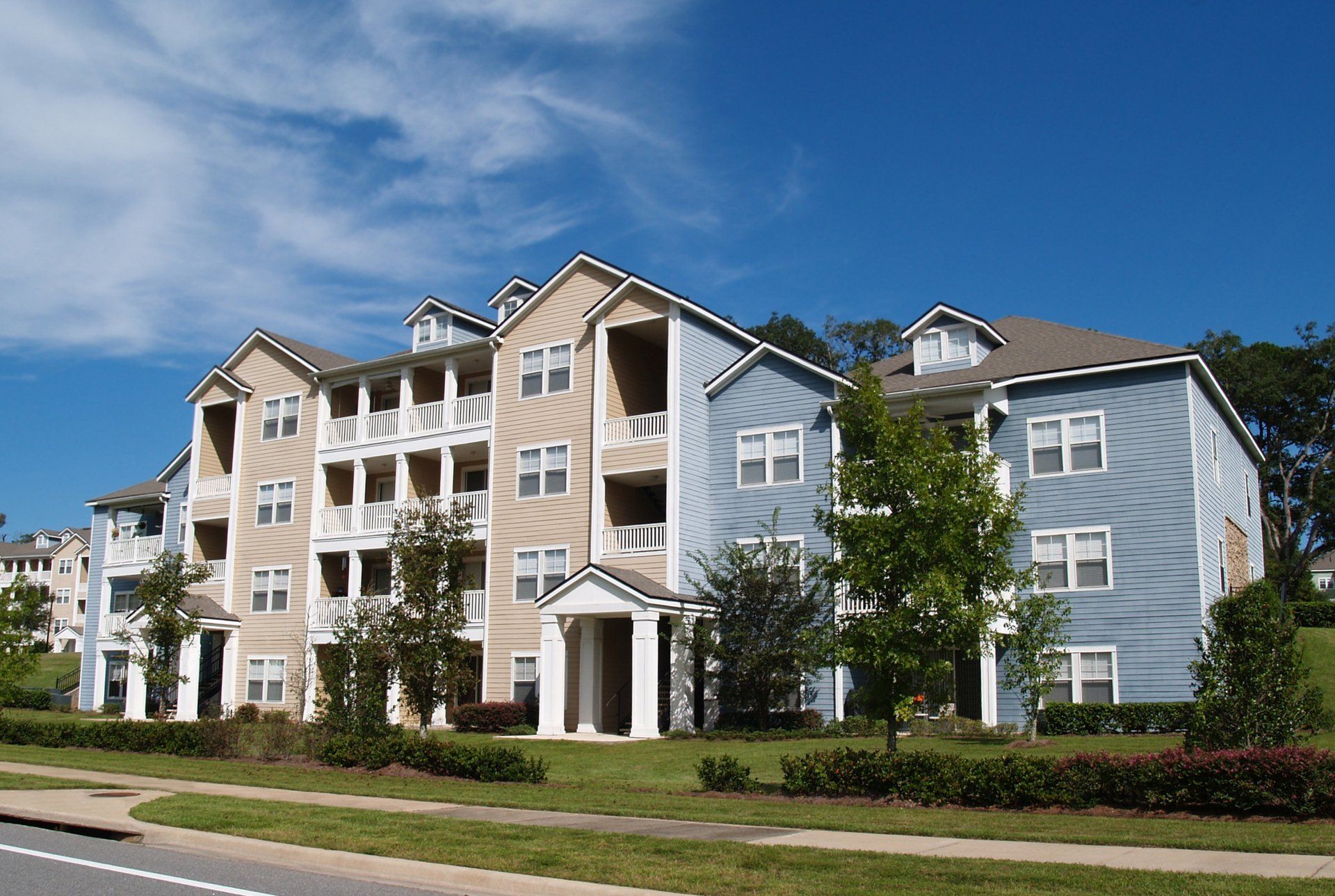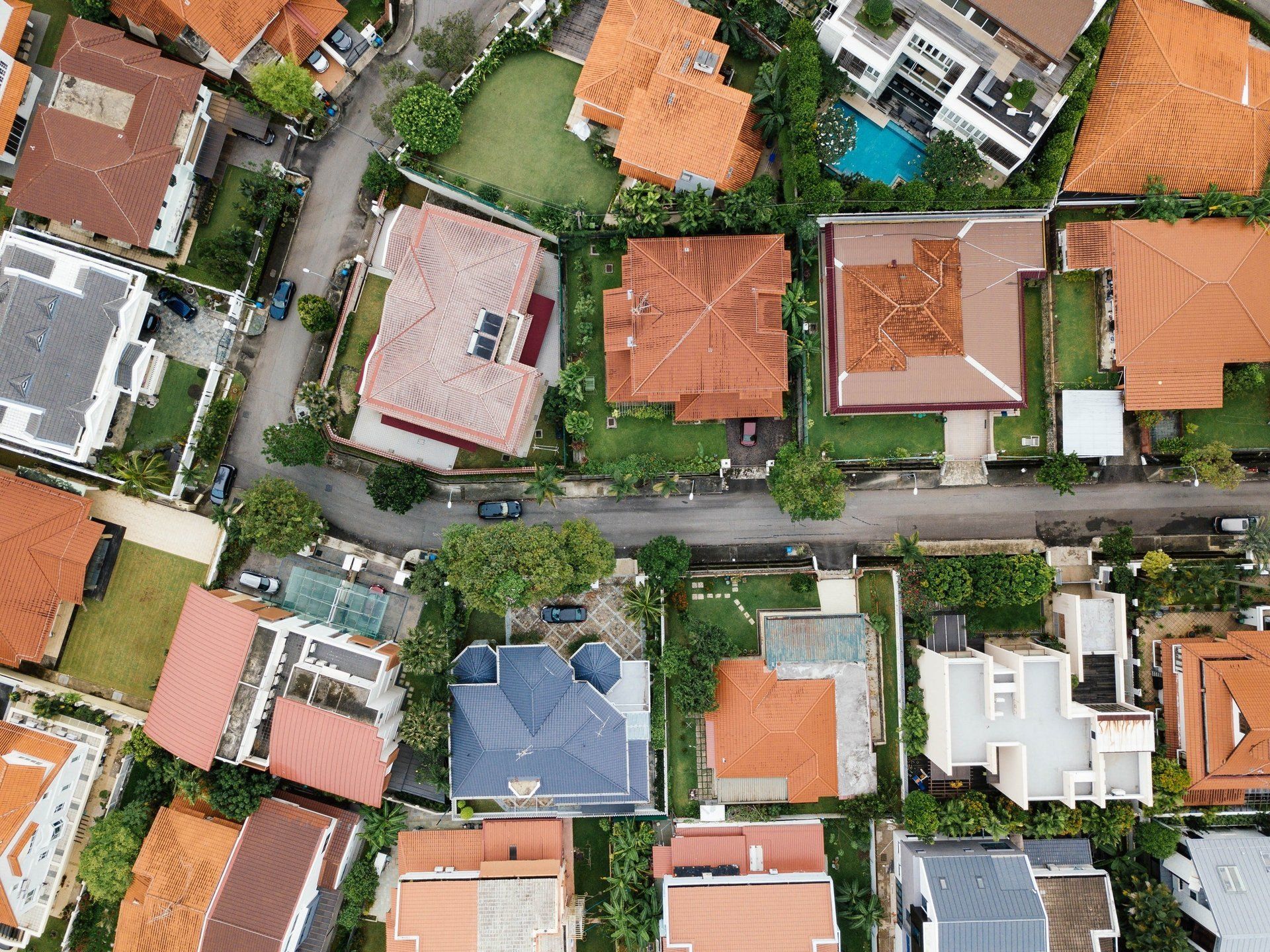26 Dec, 2020
For nearly 10 years, the multifamily market has continued to grow and today, industry leaders believe that the sector may continue that growth in 2020. To understand if those optimistic views of this asset class are justified, we’ll begin by reviewing the performance of the multifamily housing market in 2019. Then, we’ll explore five multifamily housing trends that may influence the demand for rental investments in 2020. Multifamily 2019 in review RealPage Chief Economist Greg Willett writes that the multifamily market ended 2019 in great shape.¹ Occupancy rates reached 96.3% in 2019, the lowest level since 2000. Since the middle of 2018, rent growth has exceeded 3% due to strong and consistent demand.² Research from Yardi Matrix shows that over 320,000 multifamily units were absorbed in 2019, marking the 6th year in a row where absorption has exceeded 250,000 units.³ Yardi also reports that tenant demand in 2019 was strong despite market rents increasing in most segments. Property values are at all-time highs with robust deal flow and few delinquencies with debt markets functioning smoothly. Multifamily housing trends in 2020 The National Apartment Association recently reported that the U.S. needs about 4.6 million new multifamily units by 2030 to keep up with demand. That’s about 328,000 new units annually over the next 10 years.⁴ Drivers behind the rising demand for multifamily housing include:⁵ Growing number of renters across all demographic classes Job portability Strong economic growth Historically low unemployment Accommodative fiscal policy by the Federal Reserve Significant capital available for commercial real estate investment With those fundamentals in mind, here are some of the top multifamily housing trends that may influence the demand for rental investments in 2020: Trend #1: Developer Activity in 2020 Since 2016, nearly 1.1 million new multifamily units have been delivered to the market, according to CBRE.⁶ Although permits, starts, and completions were at or near cyclical highs last year, the firm forecasts that 280,000 units or more will come to market in 2020. Part of the reason for this development trend is that multifamily is viewed as a commercial investment asset with possible lower volatility and a potential safe haven in unpredictable markets.⁷ Multifamily property generally sees steady tenant demand from a diversified renter base, short-term leases with rates that can be adjusted for inflation and better market value, with less capital required for upkeep relative to other CRE assets. Financing backed by Freddie Mac and Fannie Mae also provides investors with a potential liquidity benefit that most other commercial property types do not benefit from. Freddie Mac expects multifamily loan origination volume in 2020 to reach $390 billion, an increase of 5.7% compared to 2019 and an increase of 15% compared to 2018.⁸ Multifamily fundamentals, investor demand, and low interest rates are helping to create the supply side demand for capital and multifamily development in 2020. Trend #2: Millennials driving multifamily demand On the demand side, growth in the multifamily market in 2020 may come in large part from millenials.⁹ The National Association of Home Builders (NAHB) notes that 22% of adults between the ages of 25 and 34 still live at home. That’s a market of over 8.7 million potential new renters, according to the Kaiser Family Foundation and the Census Bureau.¹⁰ The rising cost of homeownership, student debt, and lifestyle preferences are key reasons why millennials are opting to rent rather than own. Developers have responded by building in urban and suburban areas where neighborhoods are walkable and opportunities for entertainment, services, and socializing are plentiful. In order to attract and retain these “renters-by-choice,” developers are creating multifamily communities with amenities such as on-site coffee bars, rooftop cafes, bars, and indoor basketball and bowling. Trend #3: Yields may tighten on multifamily investments The equity and debt flow into the multifamily sector are expected to increase in 2020, even as cap rates compress and yields tighten.¹¹ Institutional investors are allocating more money to the sector, traditional and private lenders are competing for business, and Fannie Mae and Freddie Mac have a combined $200 billion in loan purchases that must be completed by the end of 2020. Low interest rates, billions of dollars to lend and intense investor interest should create another “white hot year” for the multifamily sector, according to National Real Estate Investor (NREI).¹² The availability and reduced cost of capital may also cause cap rates to compress and yields to tighten. Over the last five years, average multifamily cap rates have declined from about 6% to 5.5% through November 2019. The U.S. Department of the Treasury reports the current 10-year Treasury yield is 1.33%.¹³ However, returns can and do change. In fact, the CoStar Group expects cap rates to decline across all property classes this year. CoStar’s managing consultant notes that because real estate lacks liquidity, it takes time for commercial real estate yields to trend down and compress closer to the 10-year Treasury returns of less than 2%. Trend #4: Secondary markets may outperform urban areas CBRE has been the top apartment broker in the U.S. since 2001.¹⁴ According to the commercial real estate brokerage and research firm, there will be more construction of new multifamily property in suburban markets than in urban markets in 2020. Many smaller markets with 2 million or fewer residents saw rents grow by 4% or more through Q3 2019, a trend that CBRE sees continuing in 2020. Secondary markets may have a higher risk of overbuilding. However, this risk is mitigated in cities with a healthy balance of supply and demand, driven in part by new renters attracted to areas undergoing urban revival. Smaller markets to watch in 2020 include: Albuquerque, New Mexico Birmingham, Alabama Colorado Springs, Colorado Greensboro, North Carolina Memphis, Tennessee Dayton, Ohio Tucson, Arizona Trend #5: High-growth and gateway markets CBRE also recommends that multifamily investors may benefit from lower vacancy and increasing rent rates in very high-growth metropolitan areas and gateway markets. These are metro areas where population, household, and employment growth help drive the demand for multifamily product.¹⁵ According to the firm’s Multifamily 2020 U.S. Real Estate Market Outlook report, the top four major markets for multifamily performance in 2020 are: Austin, Texas Atlanta, Georgia Phoenix, Arizona Boston, Massachusetts Summary The law of supply and demand may be working in favor of multifamily investors in 2020, with tenant demand for rental property continuing to grow. Recent surveys show that 32% of rental households don’t believe the American Dream includes homeownership, 26% of people who do own a home wish they were renting instead, and 20% say they never plan on buying a home in their lifetime.¹⁶ With high occupancy rates and rising rents, and property in short supply, demand from investors for multifamily product also may continue to rise. Multifamily investors in 2020 may find that property prices remain high, while future cap rate compression may increase asset values even more while driving today’s relatively high yields down. If you’ve been thinking about investing in the multifamily asset class, consider MogulREIT II , RealtyMogul’s REIT that exclusively invests in multifamily assets and has generated quarterly distributions of 4.5% since inception.¹⁷ All the assets currently in the MogulREIT II portfolio were previously only offered as private, single property investments available only to accredited investors with minimums of $35,000 or more. Open to all investors, a $5,000 minimum MogulREIT II investment can now gain you access to this vetted portfolio of multifamily assets. Investing in MogulREIT II’s common shares is speculative and involves substantial risks. The “Risk Factors” section of the offering circular contains a detailed discussion of risks that should be considered before you invest. These risks include, but are not limited to illiquidity, complete loss of capital, limited operating history, conflicts of interest and blind pool risk. MogulREIT II’s multifamily investments can be subject to specific risks including changes in demographic or real estate market conditions, resident defaults, and competition from other multifamily properties. References 1. https://www.housingwire.com/articles/heres-what-will-happen-in-multifamily-real-estate-in-2020/ 2. https://www.housingwire.com/articles/multifamily-housing-market-wrapping-up-2019-on-a-strong-note/ 3. https://www.yardi.com/news/press-releases/yardi-matrix-shows-u-s-multifamily-market-wrapping-up-a-strong-year/ 4. https://www.nmhc.org/contentassets/0662d3fe113046bb89019d0dfabfb271/apartment_supply_shortage_2018_08_fact_sheet.pdf 5. https://www.forbes.com/sites/forbesrealestatecouncil/2019/12/13/workforce-multifamily-rentals-will-remain-cres-darling-in-2020/#57764ebd313e 6. https://www.cbre.us/research-and-reports/2020-US-Real-Estate-Market-Outlook-Multifamily 7. https://www.multifamilyexecutive.com/business-finance/five-2020-trends-to-consider-in-multifamily-investment_o 8. https://mf.freddiemac.com/viewpoints/steve_guggenmos/20200113-2020-outlook.html 9. https://www.worldpropertyjournal.com/real-estate-news/united-states/irvine/national-association-of-home-builders-international-builders-show-us-apartment-production-data-in-2020-multifamily-housing-starts-in-2020-real-estate-news-11781.php 10. https://www.worldpropertyjournal.com/real-estate-news/united-states/irvine/national-association-of-home-builders-international-builders-show-us-apartment-production-data-in-2020-multifamily-housing-starts-in-2020-real-estate-news-11781.php 11. https://www.bisnow.com/national/news/multifamily/the-incredible-flow-of-capital-into-multifamily-is-expected-to-increase-in-2020-101023 12. https://www.nreionline.com/multifamily/expect-yields-multifamily-investments-tighten-further 13. https://www.treasury.gov/resource-center/data-chart-center/interest-rates/Pages/TextView.aspx?data=yield 14. https://www.constructiondive.com/news/cbre-ranks-the-hottest-multifamily-markets-for-2020/569832/ 15. https://www.cbre.us/research-and-reports/2020-US-Real-Estate-Market-Outlook-Multifamily 16. https://www.housingwire.com/articles/more-claim-the-american-dream-involves-renting/ 17. MogulREIT II has declared distributions on a quarterly basis since January 1, 2018. The quarterly distributions equate to approximately 4.50% on an annualized basis based upon the then current purchase price. The annualized distribution rate is not a guarantee or projection of future distributions, and the board of directors may in the future declare lower distributions or no distributions at all for any given period.











